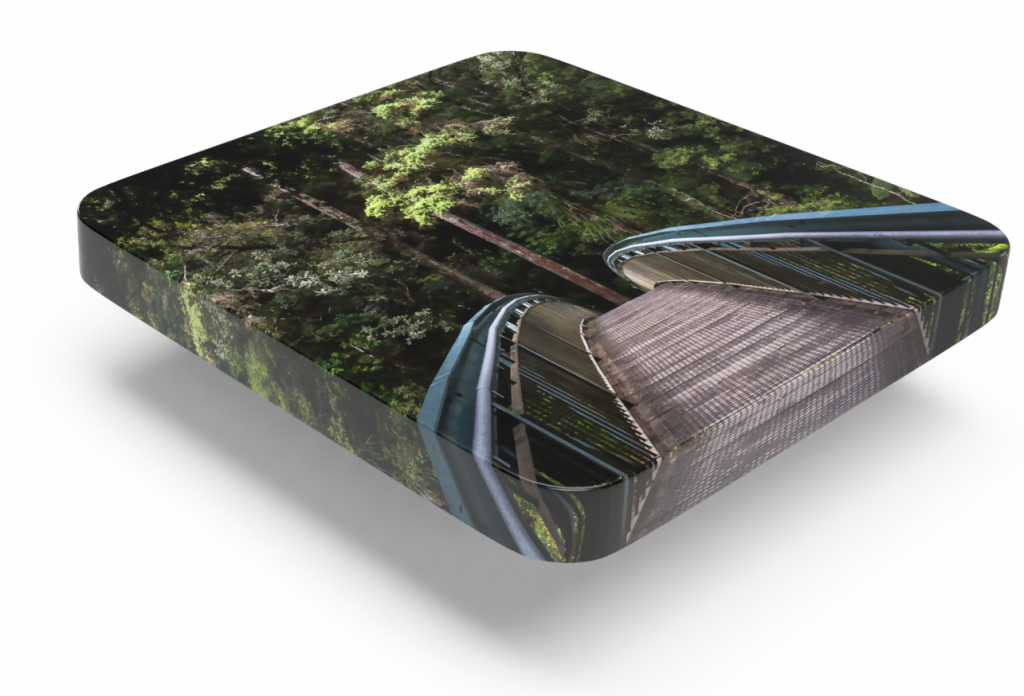BioBlitz
Tools

Using the city as our science lab.
What's a BioBlitz?
A BioBlitz is a biological inventory whose goal is to find as many species of organisms as possible in a specific place in a fixed (usually short) period of time. Macaulay holds an approximately 24-hour BioBlitz as the opening event for our sophomores who are all taking Science Forward.
The two main goals for the BioBlitz are 1) educating students about the science of ecology in the city, and 2) cataloguing as many species as we can in 24 hours. Students get a rich experience with real scientific data collection in a complex ecosystem. Much more information about the Macaulay BioBlitz can be found here.
A full explanation of the development and value of the BioBlitz, as well as the origins of Science Forward itself, can be found in the following book chapter:
O’Donnell KL and Brundage LA. 2023. It Turned into a Bioblitz: Urban Data Collection for Building Scientific Literacy and Environmental Connection. In: Rivera Maulucci MS, Pfirman S, Callahan HS (eds) Transforming Education for Sustainability. Environmental Discourses in Science Education, vol 7. Springer, Cham. DOI: 10.1007/978-3-031-13536-1_11
The following are some ideas for using the students’ experiences and collected data from the BioBlitz in your Science Forward curriculum. We encourage you to have students present any BioBlitz-related analysis at the STEAM Festival Poster Session at the end of the semester.
How to Use these Resources
Click the button right below for ideas on how to use the BioBlitz for a research poster project. Or, keep reading down in the menu to find ideas on how to use the BioBlitz experience in class.
How to Scaffold a BioBlitz Research Project
This document will help you do a research poster project that occurs over one semester. It’s framed as a part of the BioBlitz experience, but the scaffolding is applicable to any set of student-collected data.
Using the BioBlitz Experience in Class
All collected data will be freely available for use in class. This includes a list of the different species found during the BioBlitz and individual observations that are time-stamped and geotagged from the iNaturalist database. To get an idea of what will be available, you can explore previous year’s results from Central Park (2013), the New York Botanical Garden (2014), Freshkills Park (2015), Brooklyn Bridge Park (2016), and Alley Pond Park (2017) here.
Students can practice data visualization as well as some basic analysis. Students may also add information to the collected data that can be researched outside of the BioBlitz (invasion status, for example). In some cases, species diversity indices may be calculated; see references below for more information:
Chao A, RL Chazdon, RK Colwell, and TJ Shen. 2005. A new statistical approach for assessing similarity of species composition with incidence and abundance data. Ecology Letters. 8:148-159. * The diversity analysis used in this paper was created by Colwell and is available here.
Knapp S and R Wittig. 2012. An analysis of temporal homogenization and differentiation in Central European village floras. Basic and Applied Ecology. 13:319-327.
Students may want to collect more data after their BioBlitz experience. The host parks may allow classes to visit to collect more species diversity data, individual counts, or other measurements. Contact Dr. Kelly O’Donnell (kelly.odonnell@mhc.cuny.edu) for more information.
There are a number of good discussions to have regarding the type of data collected at the BioBlitz. Have students discuss the pros and cons of collecting data in this way. These data are a snapshot, what would be some different methods of data collection? Why would a scientist choose one over another? How are the question being asked and the data collection method related? Brainstorm what kinds of questions can be addressed with these data.
For a review of issues that come about when trying to quantify biodiversity, see:
Gotelli NJ and RK Colwell. 2001. Quantifying biodiversity: procedures and pitfalls in the measurement and comparison of species richness. Ecology Letters. 4:379-391.
The BioBlitz can be useful as part of a larger lesson about urban ecology. It can be used to address concepts such as:
Island Biogeography (what are islands in the city? How might the immigration/extinction dynamics of the New York Botanical Garden differ from other urban parks?)
Interspecies Interactions (Which species surveyed interact with each other? Create a trophic web of possible interactions.)
Metapopulation Structure (What is a metapopulation? Are all individuals of the same species in the park one population? How would you test this?)
NEW for 2021: This Course Source article, Joyner and O’Donnell 2021, has a description and lesson materials for teaching about urban biodiversity. It uses iNaturalist data from City Nature Challenge, but is easily applicable to the BioBlitz data sets.
iNaturalist recently (June 2017) added an automatic ID suggesting feature to the app that attempts to identify the species you are looking at based on visual similarity, community intelligence, and location. This presents a great opportunity to discuss the advantages and limitations of machine learning. Here is a popular press article from The Atlantic about the iNaturalist update: Finally: An App That Can Identify the Animal You Saw on Your Hike.
What is citizen science? What are some benefits and concerns when collecting data this way? Are these projects useful from a societal perspective? What might some benefits be to citizens of the city?
See the following paper for more info:
Cohn, JP. 2008. Citizen science: can volunteers do real research? BioScience. 58(3):192-197.
Have students write a reflective essay on their experience at the BioBlitz. Do they feel more connected to nature in the city? Why/how? How has the BioBlitz changed the student’s view of how scientists do their work?
Contact us
Share on your Network


